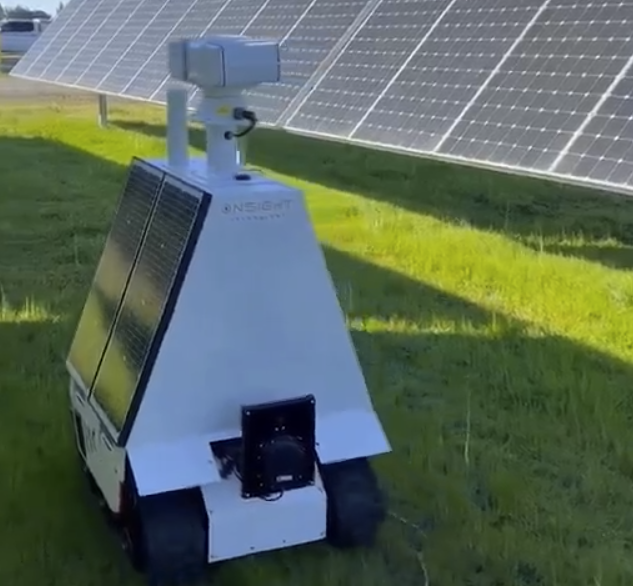Australian astronaut says time is right for space-based solar farms

Solar PV is already a key energy source for space hardware and infrastructure.
Ima
For more than a century organisations and individuals have been exploring the possibility of building space-based solar farms and Australian astronaut Dr Paul Scully-Power believes the time is now right to do just that, declaring technological advances have transformed the concept from fantasy to economic reality.
Scully-Power, who became the first Australian-born person to leave Earth when he served as a payload specialist aboard the 13th flight of NASA’s Space Shuttle program during the 1980s, said the concept of building solar farms in space has been discussed for decades but it has only recently become a viable solution.
“Advances in space technologies and our growing capability in building and launching reliable satellites have now made it feasible to build a solar farm that is based in Earth’s orbit, harnessing the sun’s energy and beaming it down to Earth 24/7,” he said.
Scully-Power, who now serves as the New South Wales (NSW) government’s space industry ambassador and the NSW Smart Sensing Network’s (NSSN) special envoy for space and defence, said orbit-based solar farms would benefit from higher solar illumination unfiltered by the atmosphere, or even permanent sunlight in some orbits.

Image: NASA
The space solar farms would likely look like a spacecraft made of connected satellites. The satellites would hold arrays of solar PV panels capable of absorbing sunlight, converting it to clean energy and then transmitting it to Earth in microwave form.
“We have a company in Australia that’s working hand in glove with a company in America and they’ve already developed a design for a solar-based power system,” Scully-Power said.
“The energy can be transmitted down to any location on Earth. So for countries like Australia with rural communities, you can beam the energy directly to that community.”
The initial concept of building solar farms in space was first described by Russian and Soviet rocket scientist Konstantin Tsiolkovsky in the 1920s.
In the late 1960s American scientist and aerospace engineer Dr Peter Glaser envisioned a way to harness solar power in space and transmit it to Earth via microwaves. He received a patent for the idea in 1973. The United States government reportedly spent millions studying it, only to conclude that it was too complex and expensive.

Image: RAAF
Scully-Power said the economic equation has now changed with rising energy prices paving the way for space-based solar to be supplied to the market at competitive prices.
“Advances in space technologies have a crucial role to play as well,” he said. “For instance, it is much cheaper to build satellites and launch them into space nowadays than it was 10 years ago.
“Space solar power gives us continuity of supply for almost 100% of the time and it is infinitely cheaper than anything that we’re using now.”
Solar PV is already the primary energy source for space hardware and infrastructure, but previous technologies have been heavy and often expensive to manufacture. That is fast changing with new solutions, including printable solar cells and perovskites promising lower costs and a higher power-to-weight ratio which is critical in equipment that must be launched against Earth’s gravity.
Scully-Power is not alone in his support for space-based solar energy with the European Space Agency (ESA) issuing a call for new ideas for technologies and concepts to increase the feasibility of the concept.

The ESA’s campaign attracted 85 ideas with four of those shortlisted and invited to submit a co-funded research proposal.
Scully-Power said the growing demand for energy meant the case for space-based solar would only get stronger.
He said although the energy sector continues to develop and deploy innovative solutions to increase extraction efficiencies and improve operational processes, the demand for energy is well above what Earth’s capable of supplying.
“We’re talking about using space as an enabler in many, many industries,” he said. “In 100 years, we will need to produce at least four times more energy than we do today to meet our population’s energy demands.
“It is vital for Australia to consider our energy supply chain from both a strategic and a climate-conscious perspective if we are to maintain our present standard of living and protect our environment.”
This content is protected by copyright and may not be reused. If you want to cooperate with us and would like to reuse some of our content, please contact: editors@pv-magazine.com.




